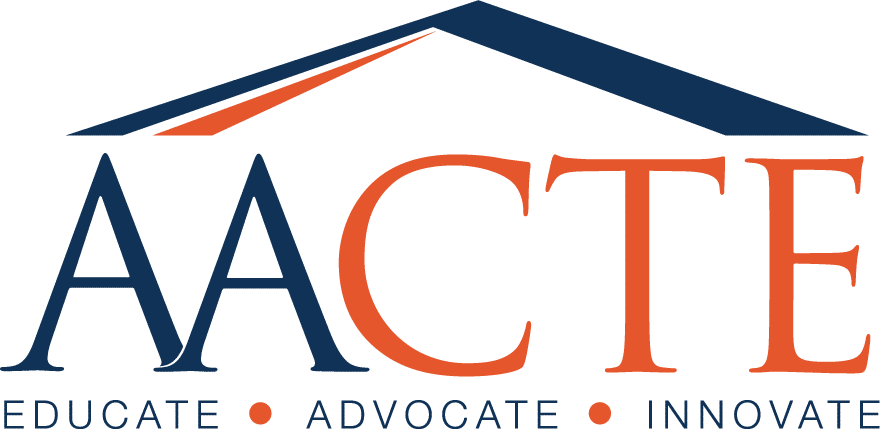Minn. Teacher Says Prep. Program, edTPA Portfolio Helped Make First Year a Success

What a difference a year makes.
Last spring, Phil Munkvold was in his final months of college at Minnesota State University (MSU) Mankato, finishing his clinical experience and preparing his edTPA portfolio.
Thanks to a strong partnership between the MSU Mankato program and the school where Munkvold student taught, he was exposed to the edTPA process as well as the school’s staff and its students shortly after he moved to Minnesota from another state to continue his teacher preparation.
Still, Munkvold wasn’t sure what all the buzz was about and was even less enthusiastic about the work that was required to complete and submit the edTPA portfolio, which MSU Mankato requires for program completion before becoming a licensed teacher. “It just seemed like a lot of work and I didn’t see the direct value,” Munkvold recalls. “I had a lot of other work to do, and it just didn’t seem applicable.”
This spring, Munkvold is finishing his first year as a kindergarten teacher in the Mounds View School District outside of Minneapolis. Responding to a statewide move to all-day kindergarten, Mounds View created a kindergarten center, where youngsters from four Mounds View schools attend kindergarten.
Not only is the center a new approach in response to new state policy, but four of the center’s five kindergarten teachers are in their first year, and the lone veteran has only a few years of experience. Munkvold says they’ve created a collaborative and effective team and have leaned on each other through the tough spots, including during the first 2 months, when he admits to having felt lost at times.
But Munkvold also looks back on his edTPA preparation with new fondness for the role it played in helping him get through his first year as a full-time teacher.
“The hard work pays off, absolutely. So much of what I do now and the planning I do is just automatic,” he says. “Hands down the most beneficial thing for me is the learning context you get from edTPA; you must know your students well and analyze their information before planning lessons.”
Mounds View has students with a range of needs. Many come from single-parent families, some are homeless, and many also receive services in English as a second language. “You have standards you want to teach them, but you need to know what types of learners you have,” Munkvold says. “You need your objective, but you also need to make sure you know how students learn best.”
Munkvold adds that his edTPA work was not the only helpful foundation; the context in which he was prepared also helped make all of the pieces come together in a meaningful way. The school where he student taught had a strong relationship with MSU Mankato, and his cooperating teacher had already worked with at least one candidate going through edTPA.
“I felt comfortable talking to anyone about the process and there were a lot of opportunities to practice lesson planning and commentaries,” Munkvold says. “I felt that all of my professors and mentors were knowledgeable about edTPA, which was great, because it’s not easy to explain. Even the principal understood and admired the practicum.”
Asked what advice he’d give candidates going through edTPA, he says not to try to do too much on the video. Pick a clear objective, and stick to what you do best as an instructor. “I tried a real horse-and-pony show to go above and beyond. That made it more difficult for students,” says Munkvold. Still reflecting on what he learned, he adds, “If I had stuck to what I am most comfortable with, I would have been more successful, and learning would have been more comfortable. Don’t make it outside the norm for the students.”
Tags: assessment, clinical preparation, data






